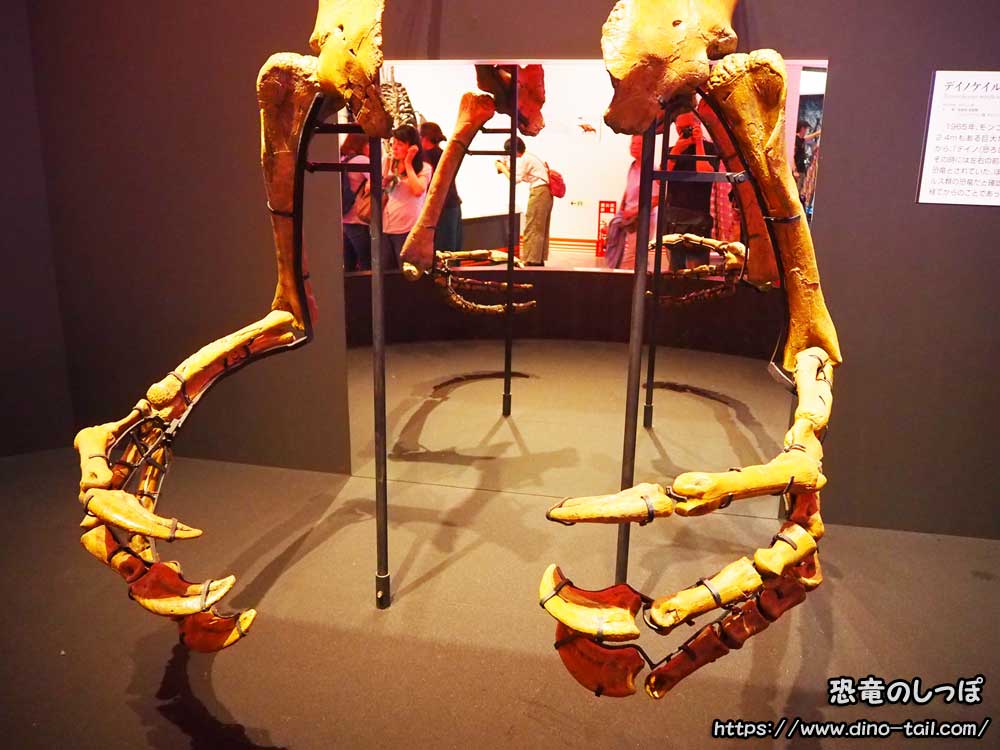Identity of the Mysterious Dinosaur Deinocheirus Revealed
Published:
The Mystery of Deinocheirus
In 1965, Polish scientists unearthed a 2.4-meter-long arm fossil with sharp claws in the southern Gobi Desert of Mongolia. It was named "Deinocheirus," meaning "terrible hand."

Since then, no fossils of its skull, legs, or torso were found, and it remained a mysterious dinosaur, awaiting further discoveries.
With arms twice the length of representative theropods like Tyrannosaurus, it was once speculated to be a "super-large carnivorous dinosaur far surpassing Tyrannosaurus."
Discovery and Return of Deinocheirus
A research team from 11 countries conducted dinosaur excavations in the Mongolian Gobi Desert from 2006 to 2010 and discovered fossils of Deinocheirus's arms and torso.
Unfortunately, the skull and leg parts had already been looted by poachers.
Good news came from an unexpected source.
A Belgian paleontologist reported that a skull held by a Belgian fossil collector, which had passed through Japan, appeared to be the looted Deinocheirus skull. The director of the Korea Institute of Geoscience and Mineral Resources negotiated, and in May 2014, the fossil was returned to the Mongolian government, finally revealing the full picture of Deinocheirus.
The True Identity of Deinocheirus
Deinocheirus was an 11-meter-long, 6.4-ton theropod. It had a sail on its back, and the structure of its feet revealed it was a massive creature that walked slowly.
In its stomach area, along with gastroliths (stomach stones), which are characteristic of herbivores, fossils of partially digested fish and scales were found. It appears Deinocheirus was an omnivore.
